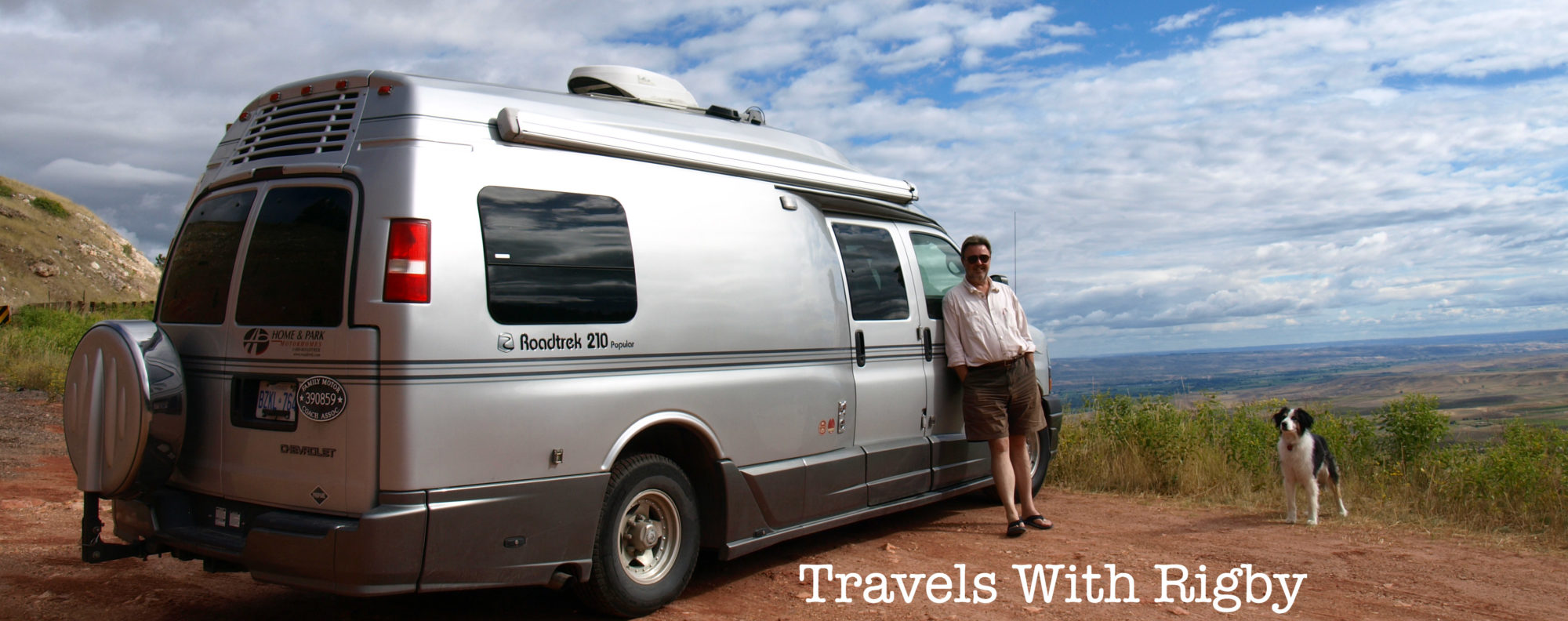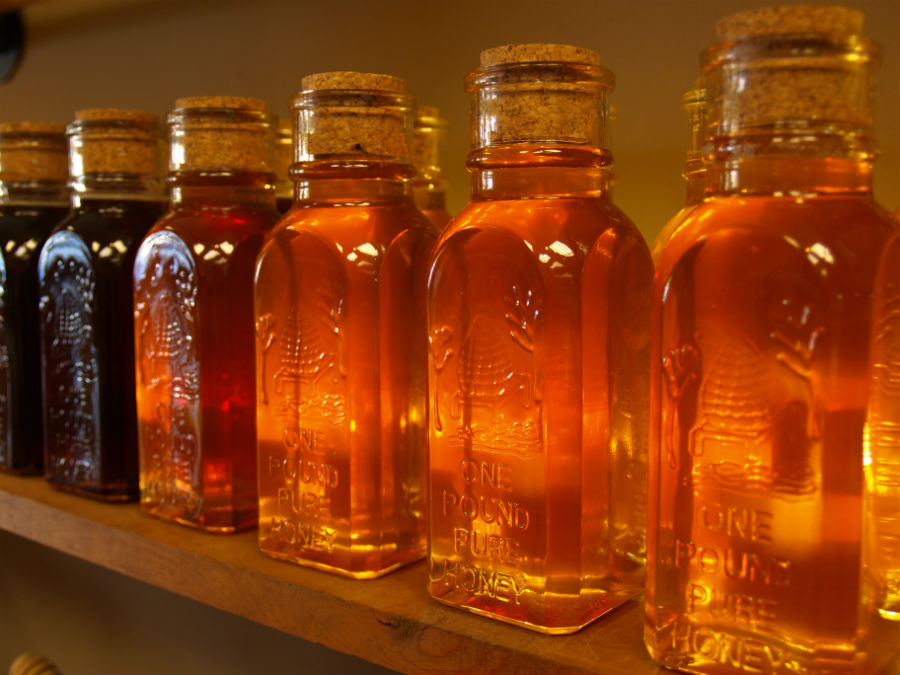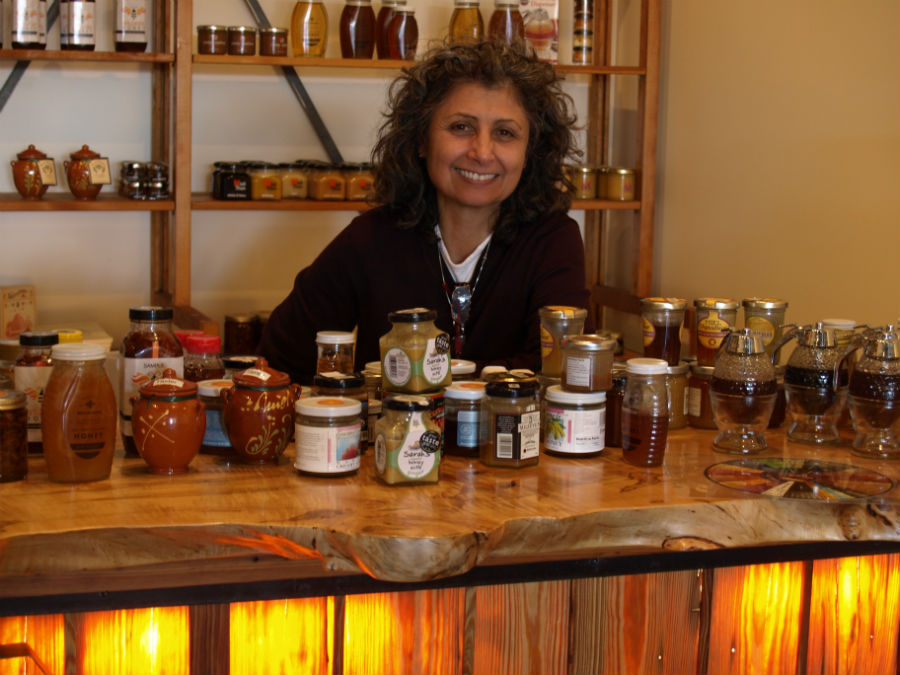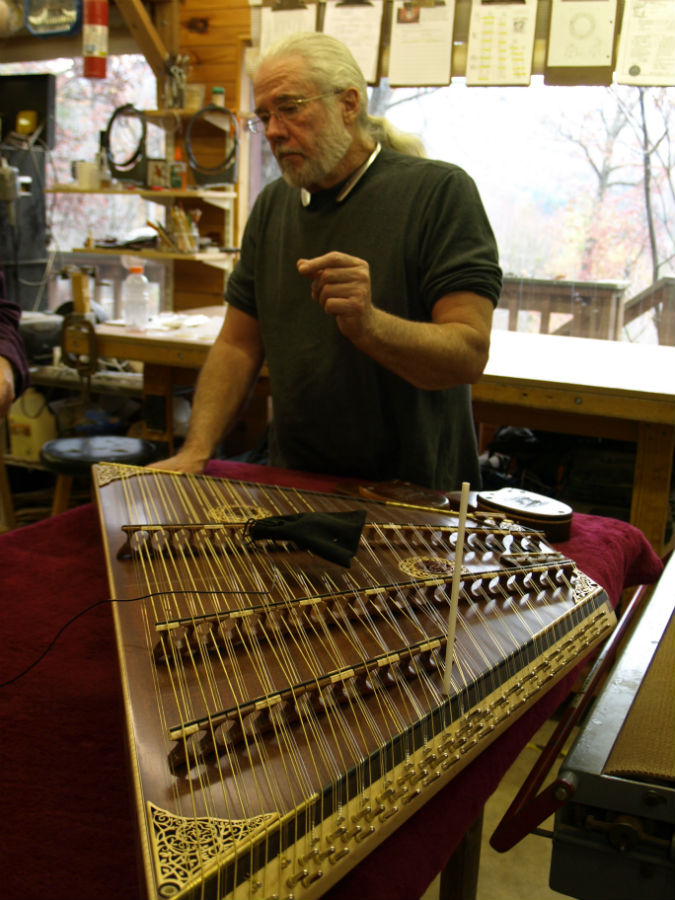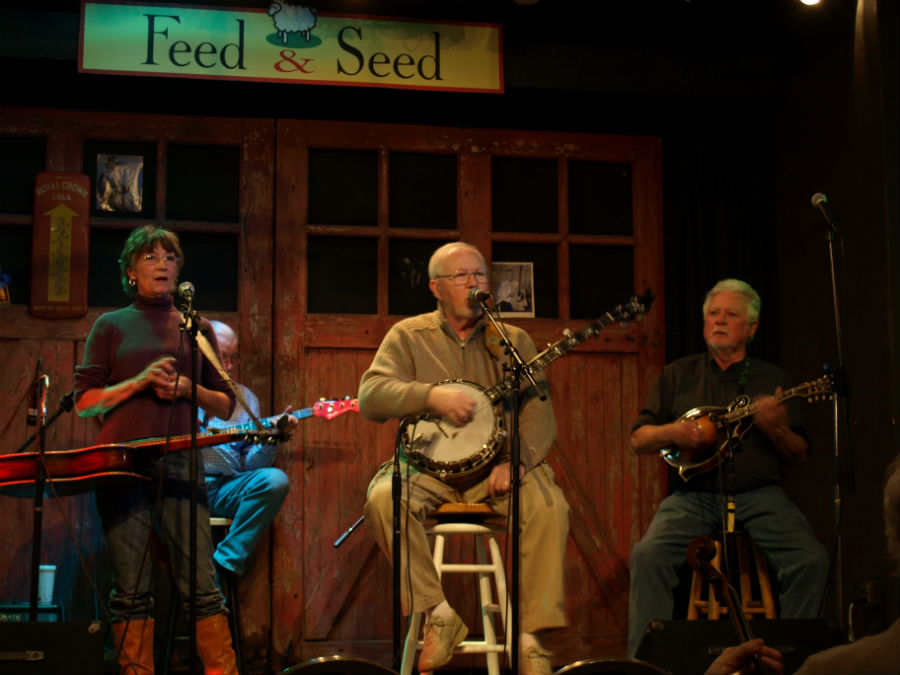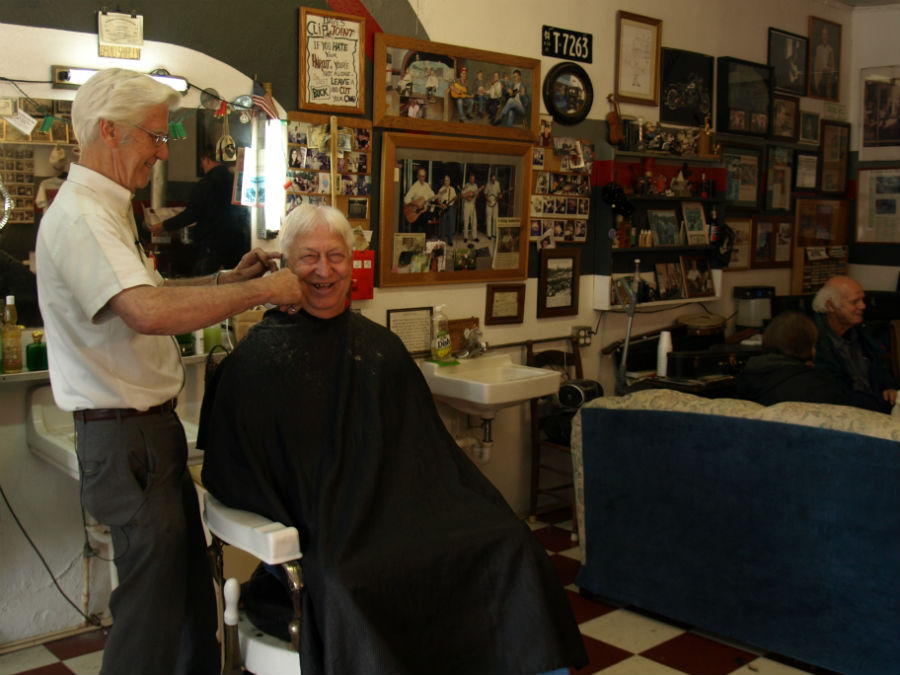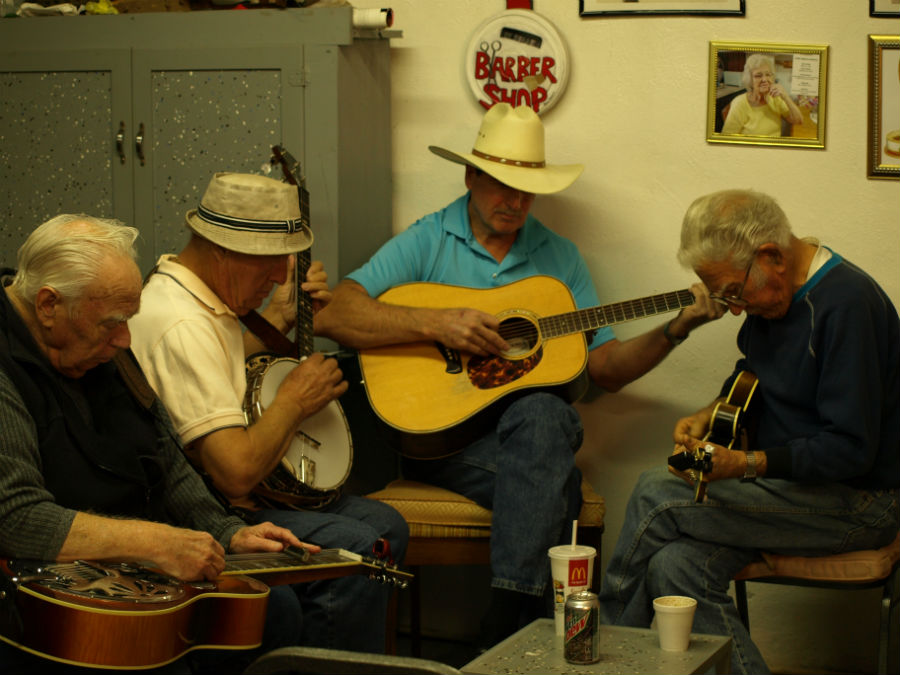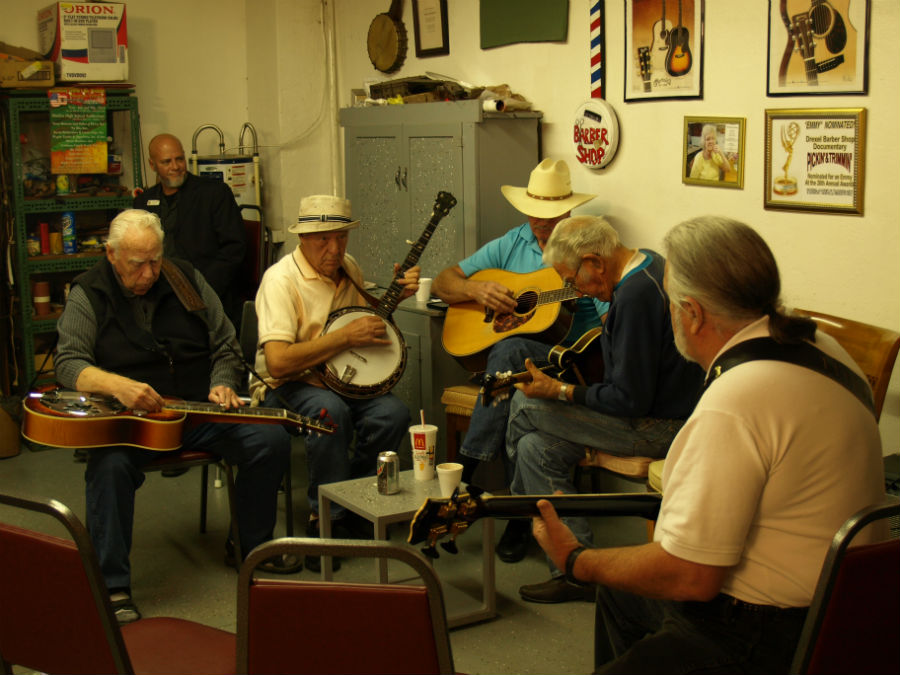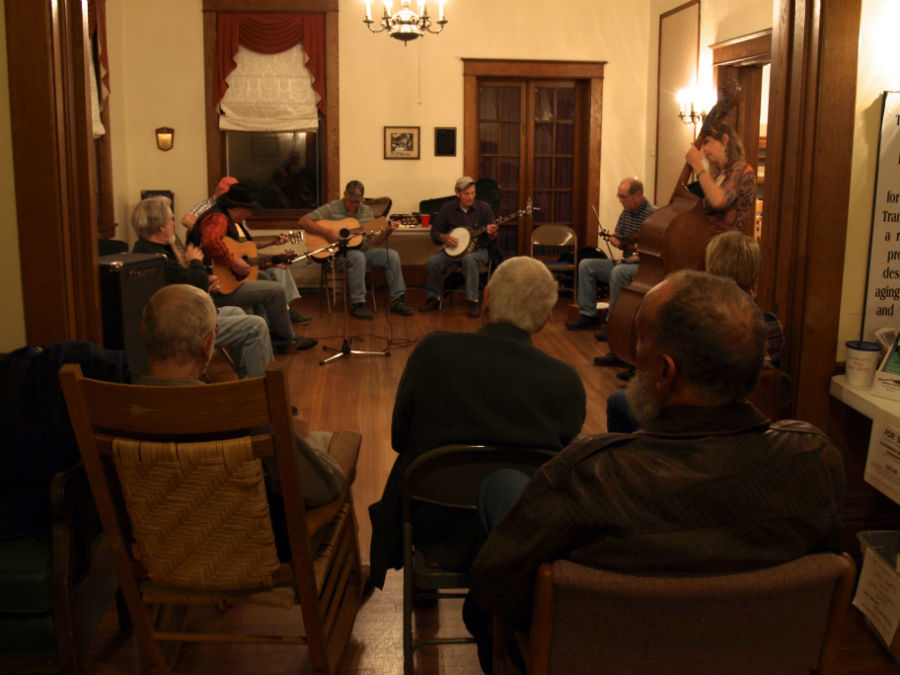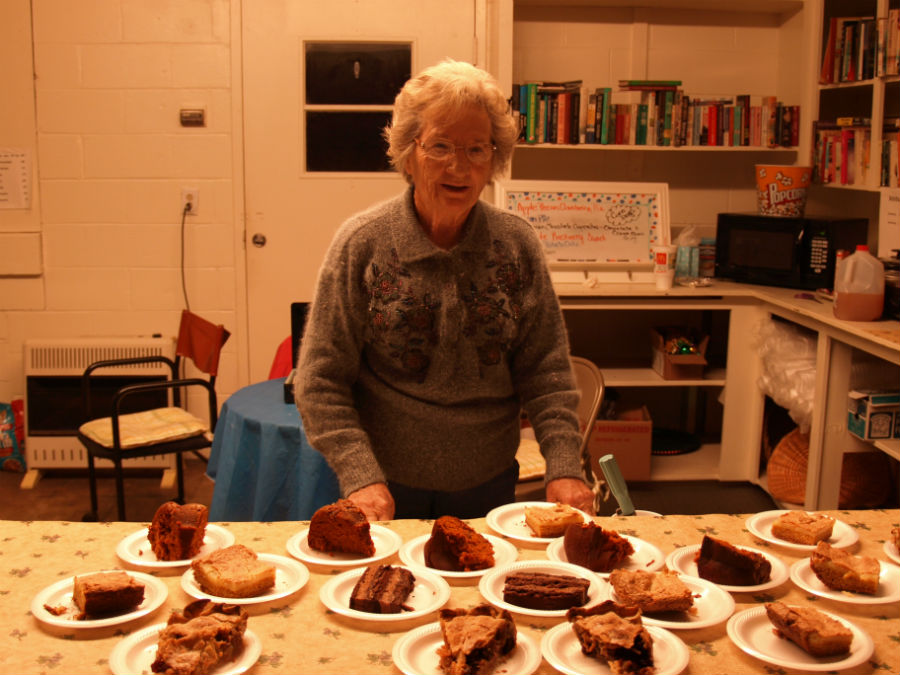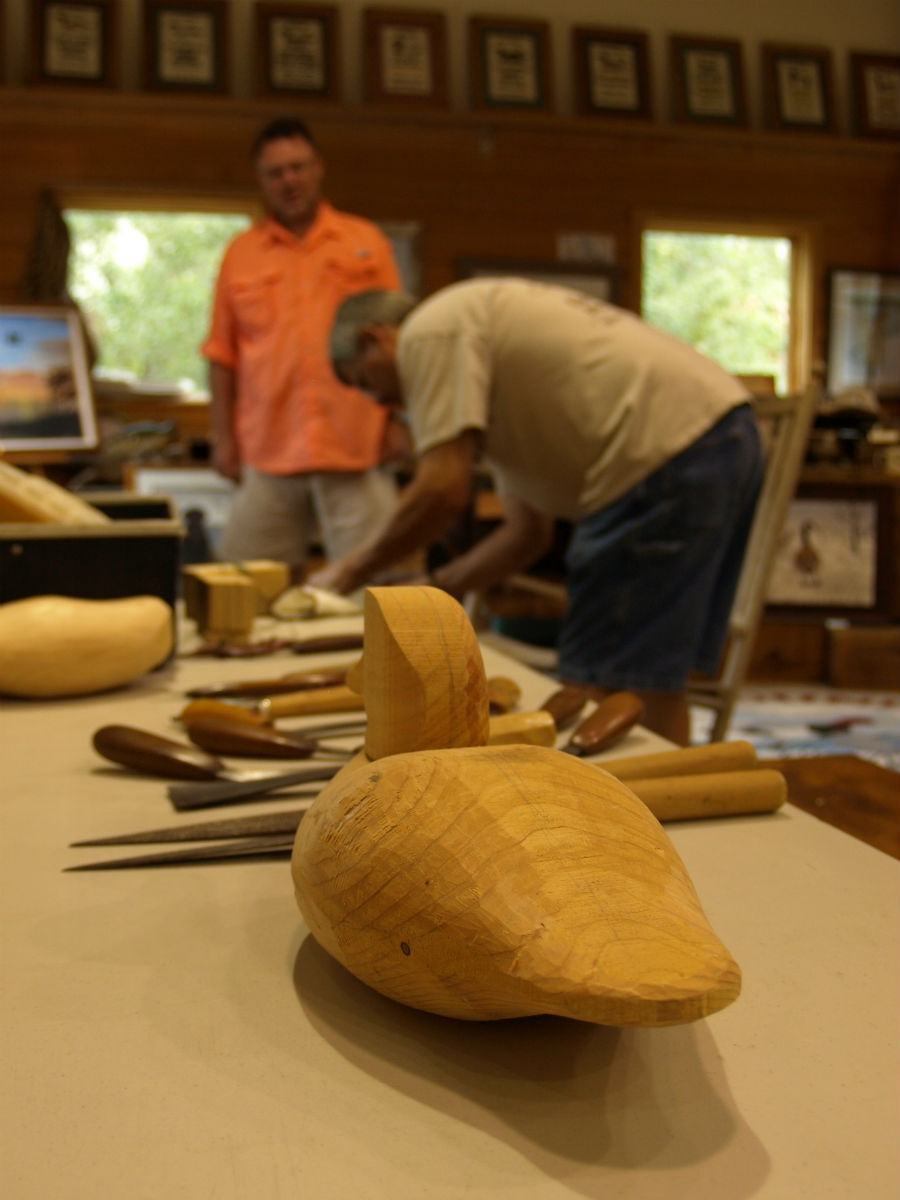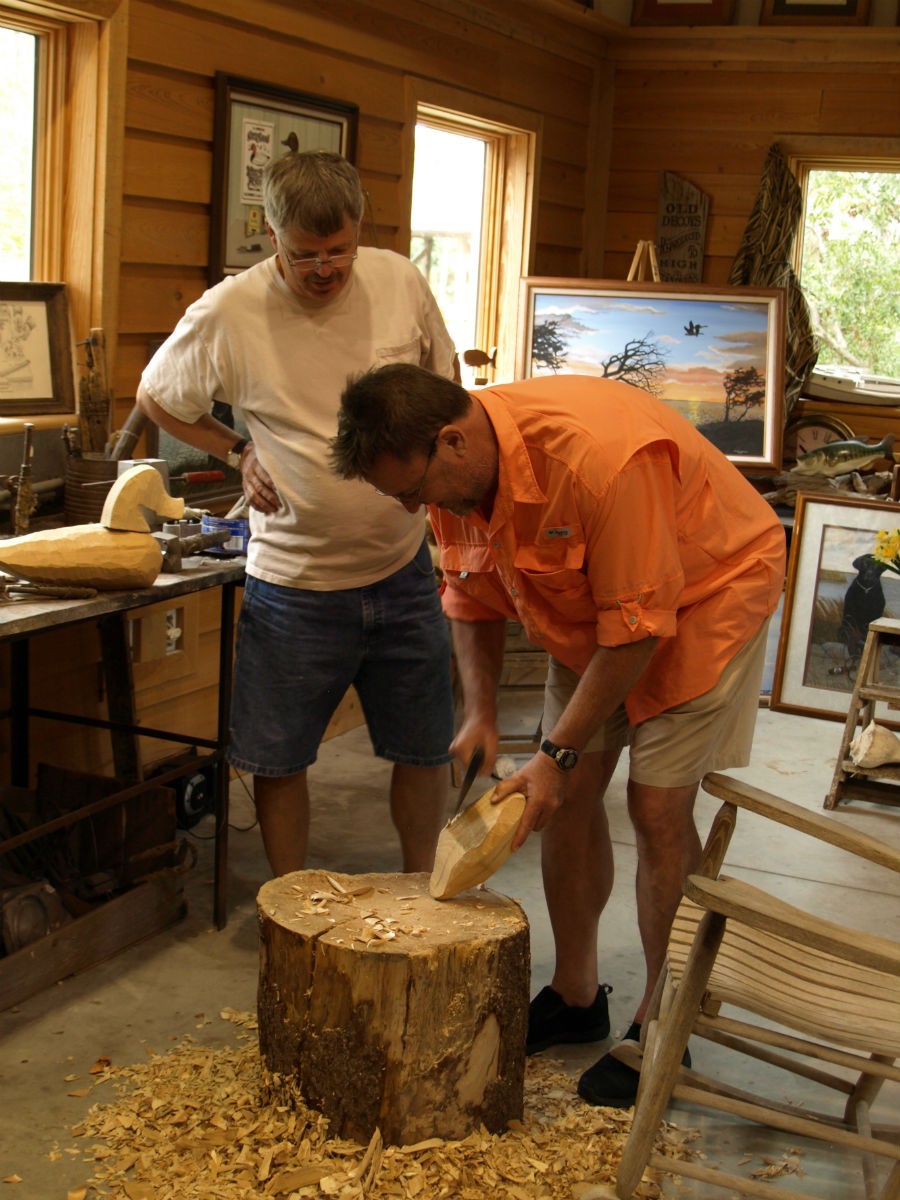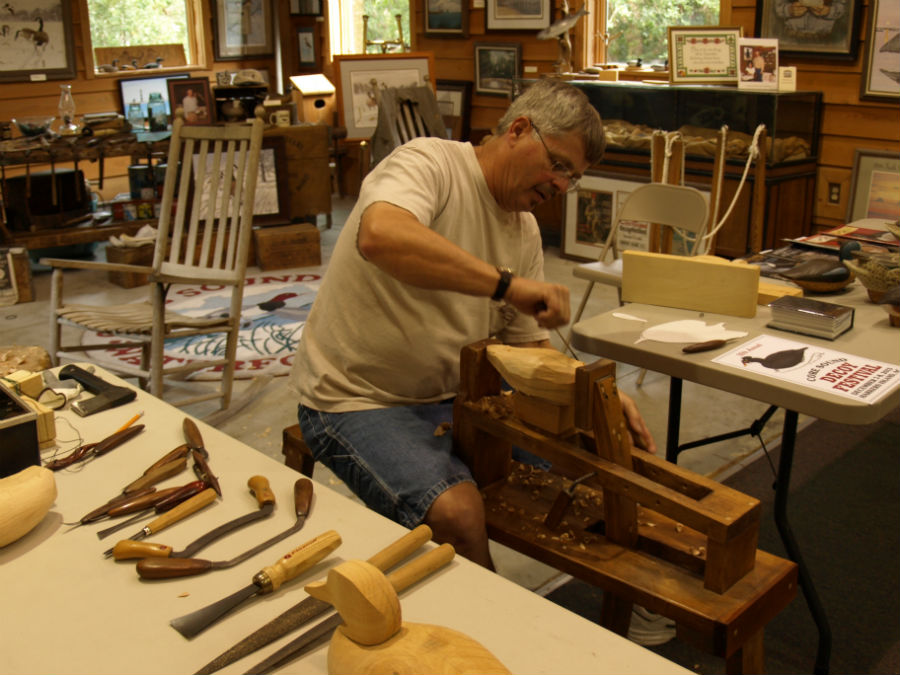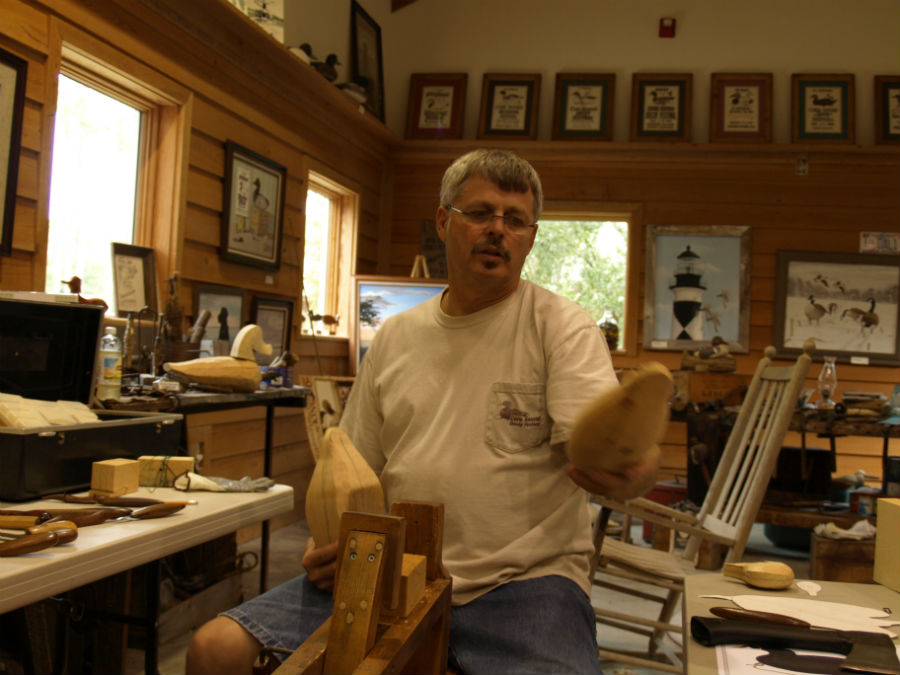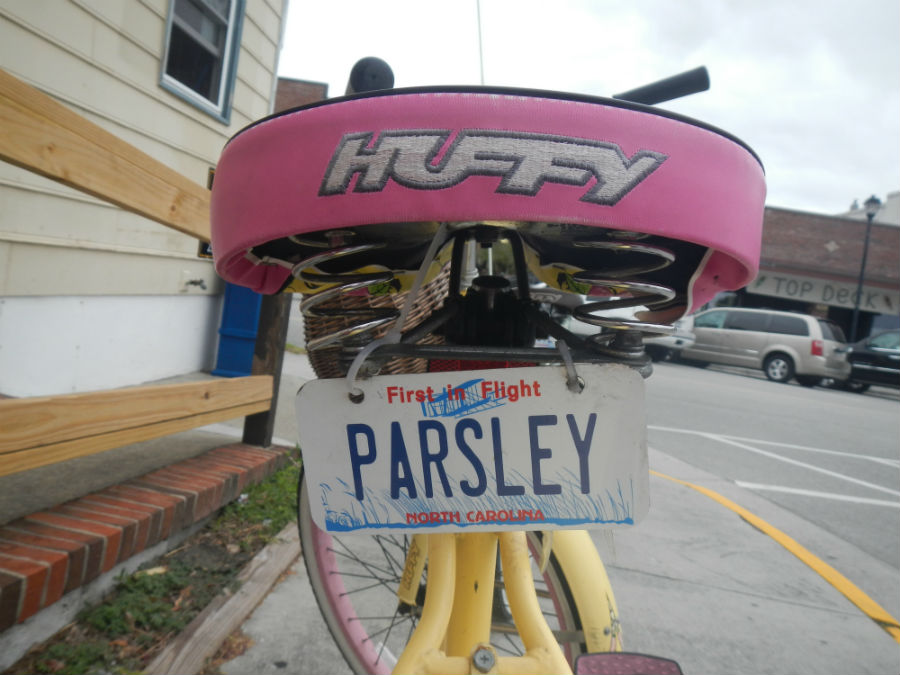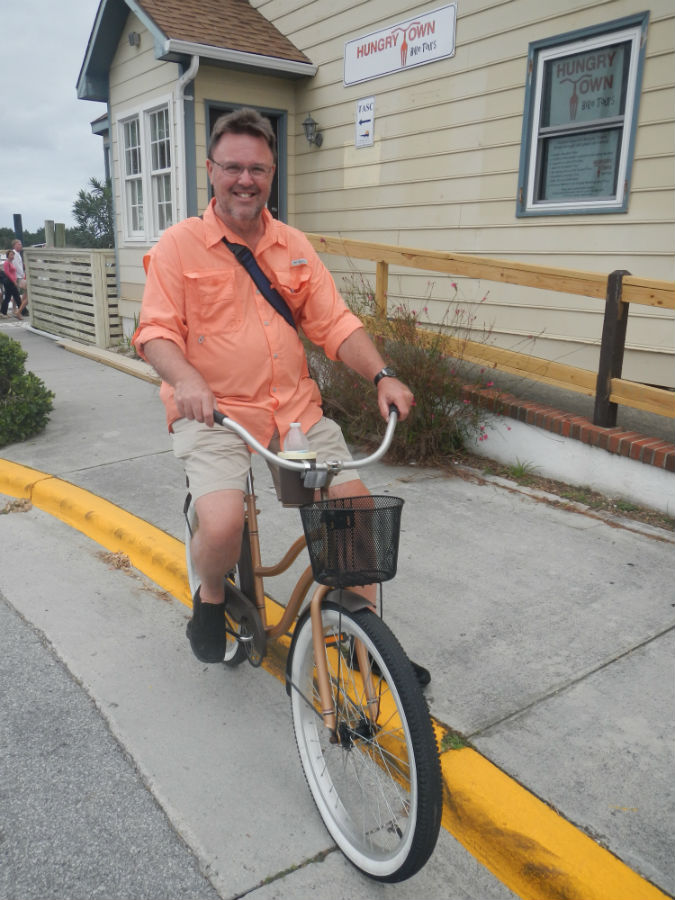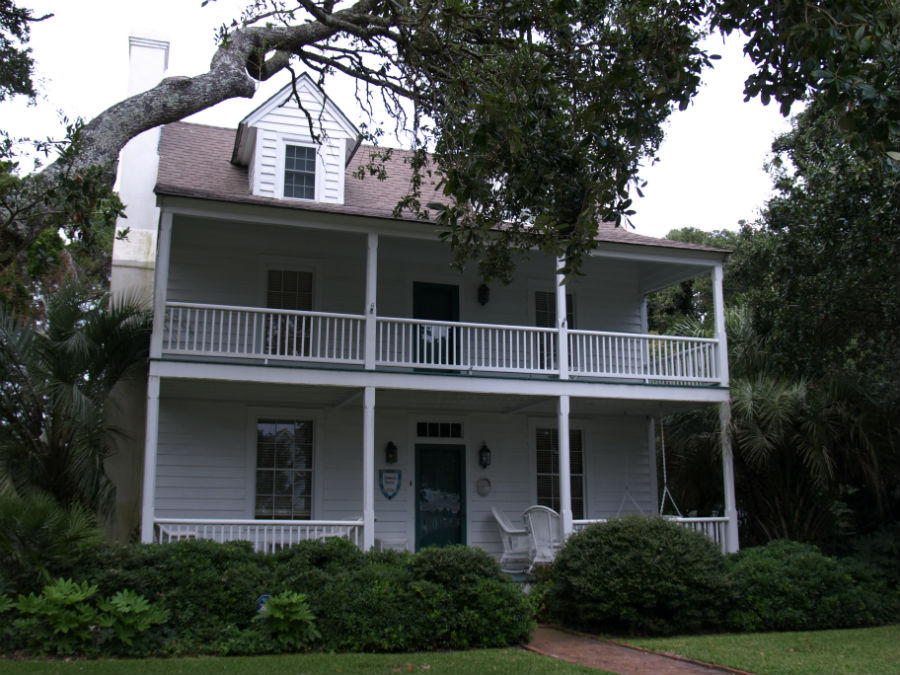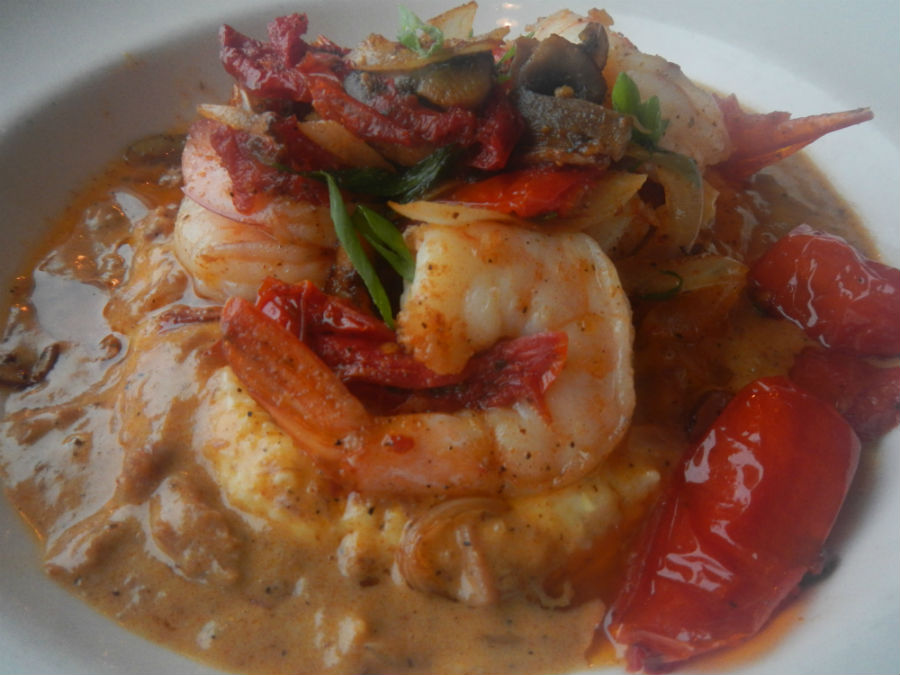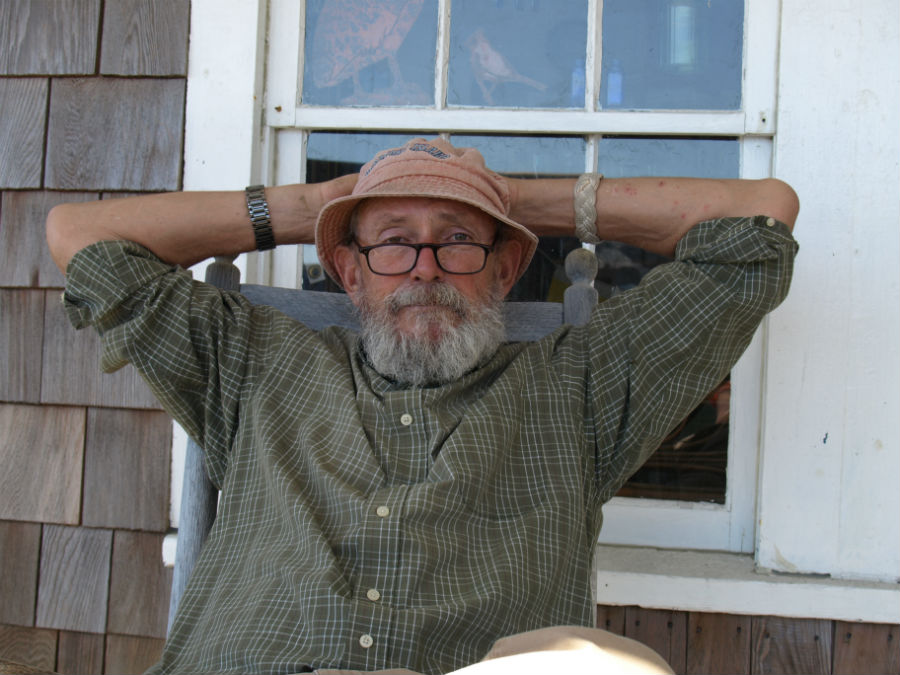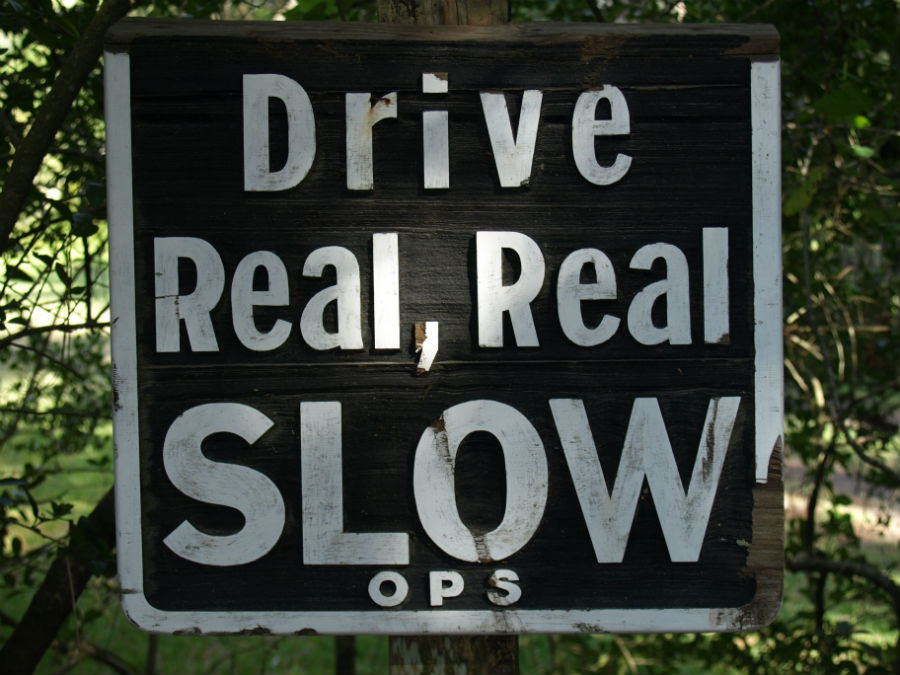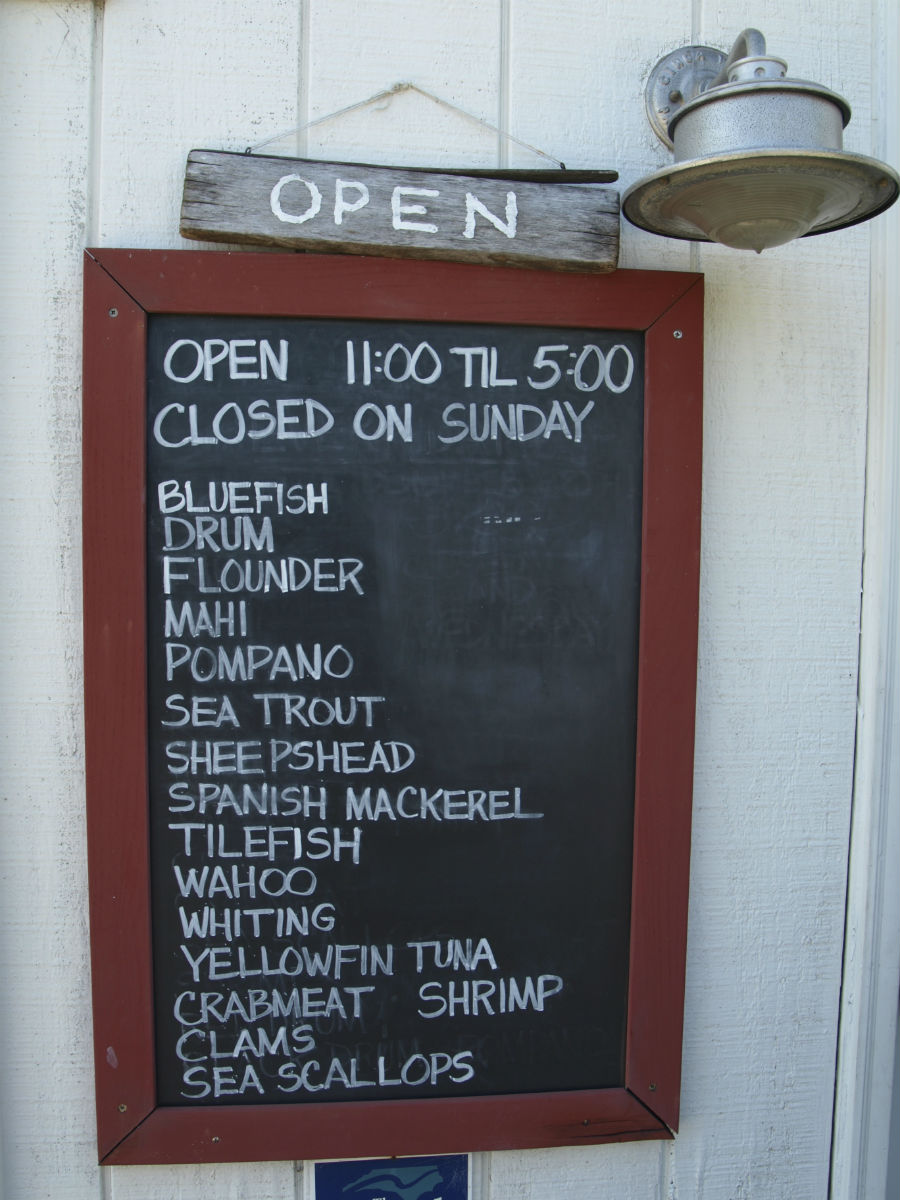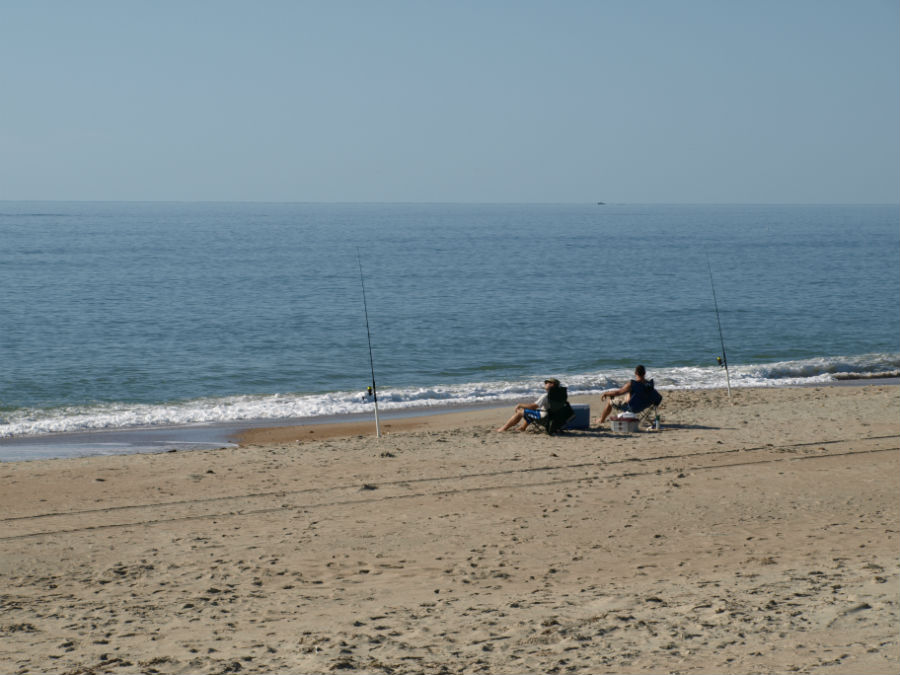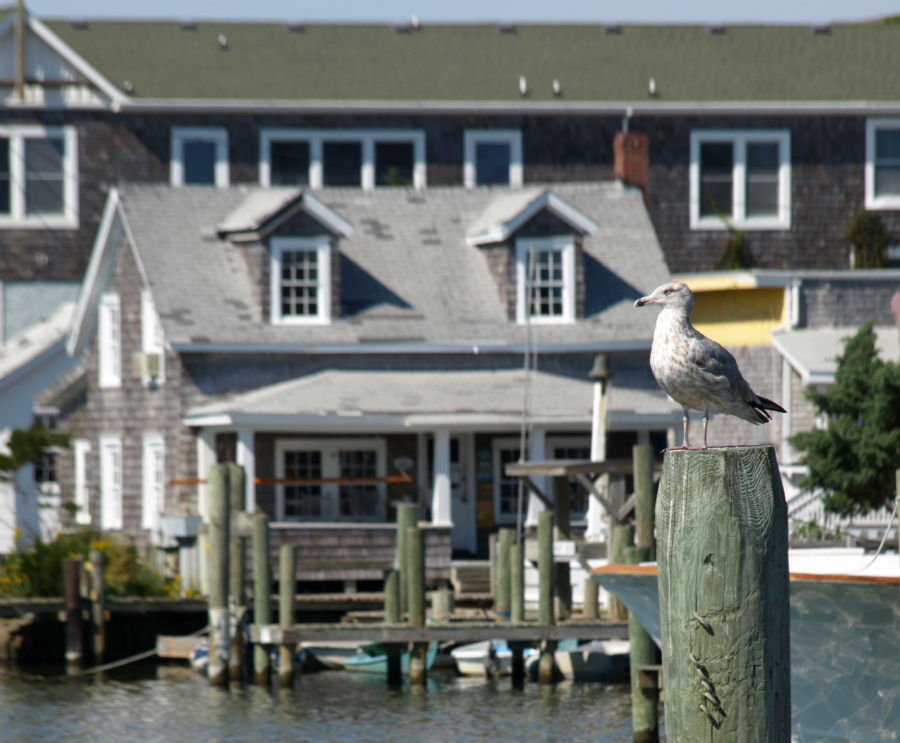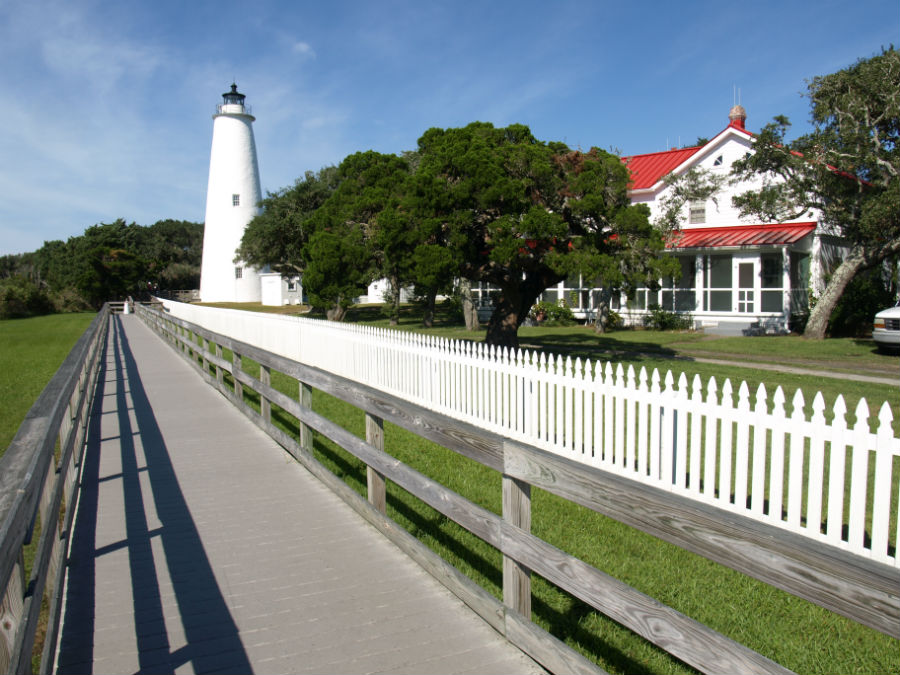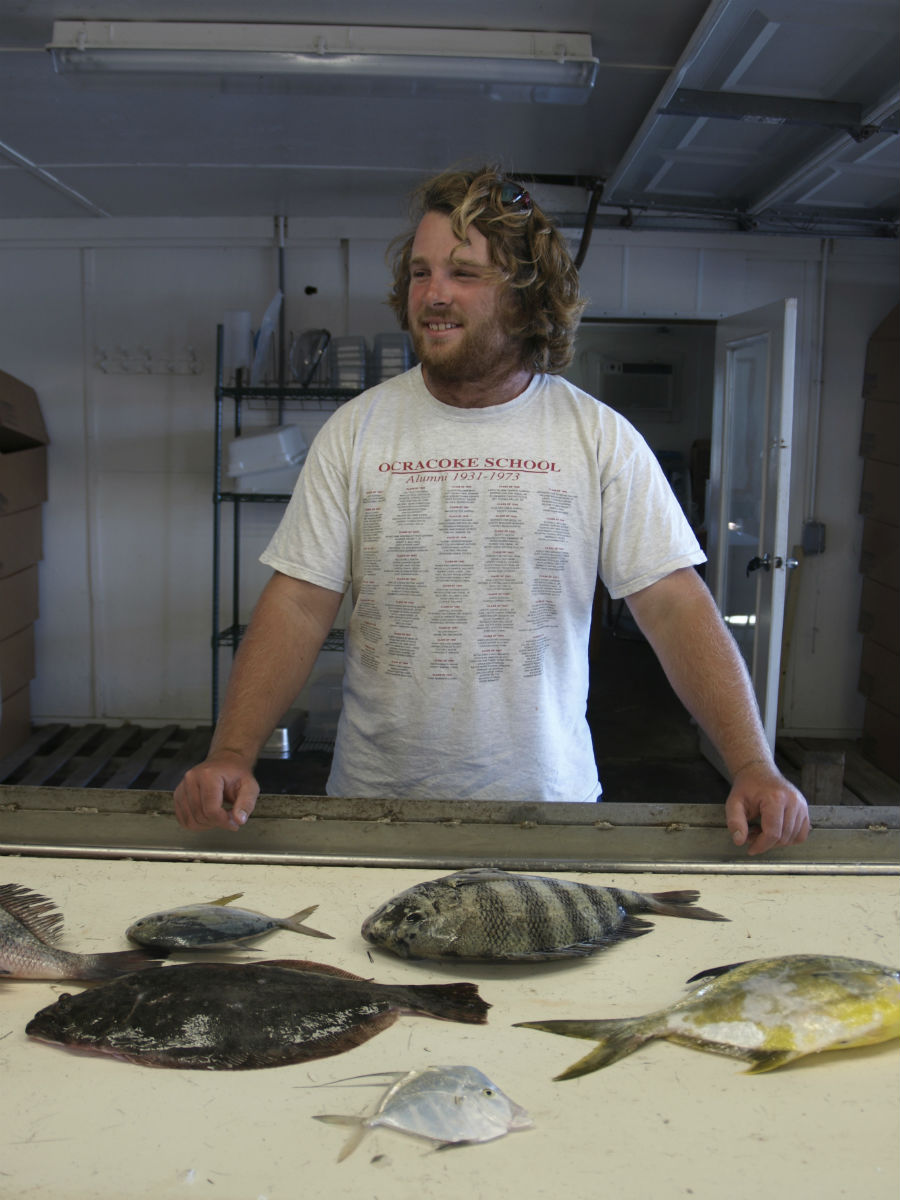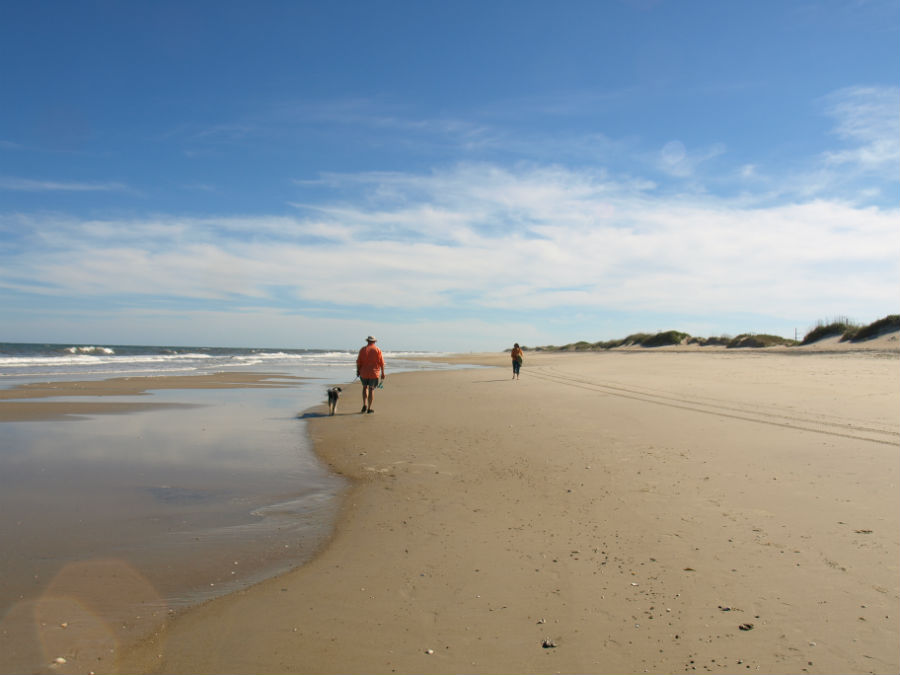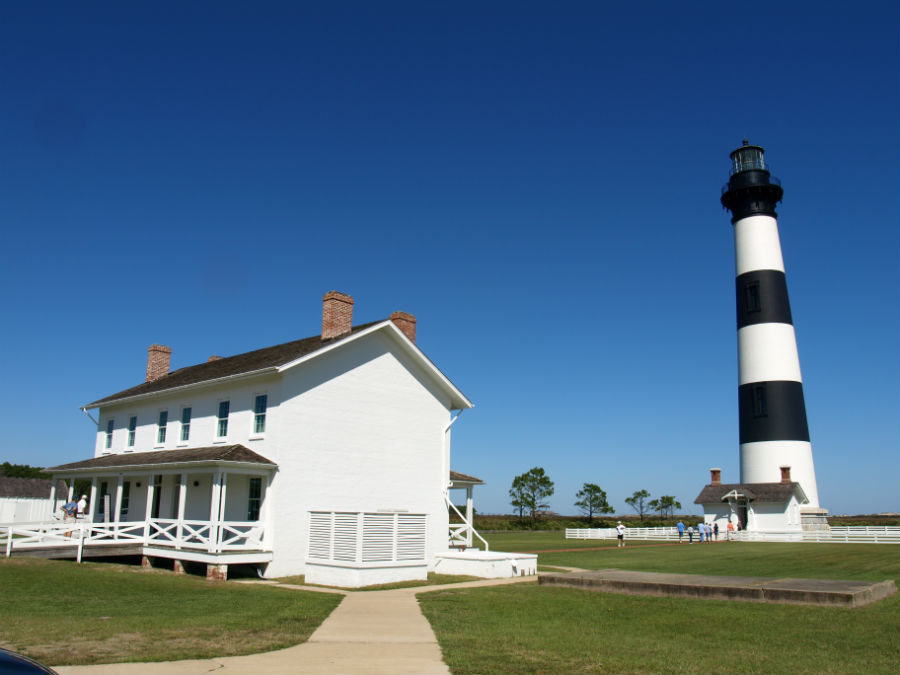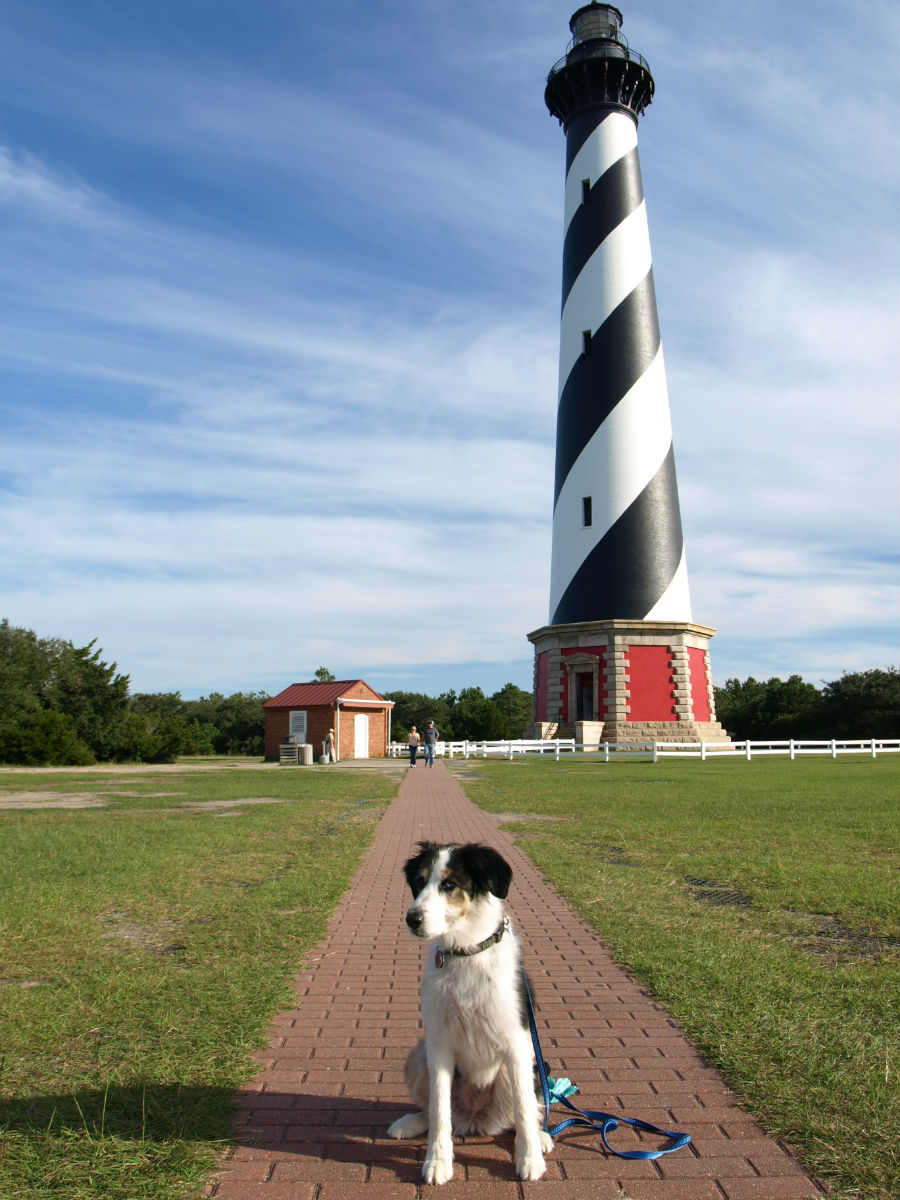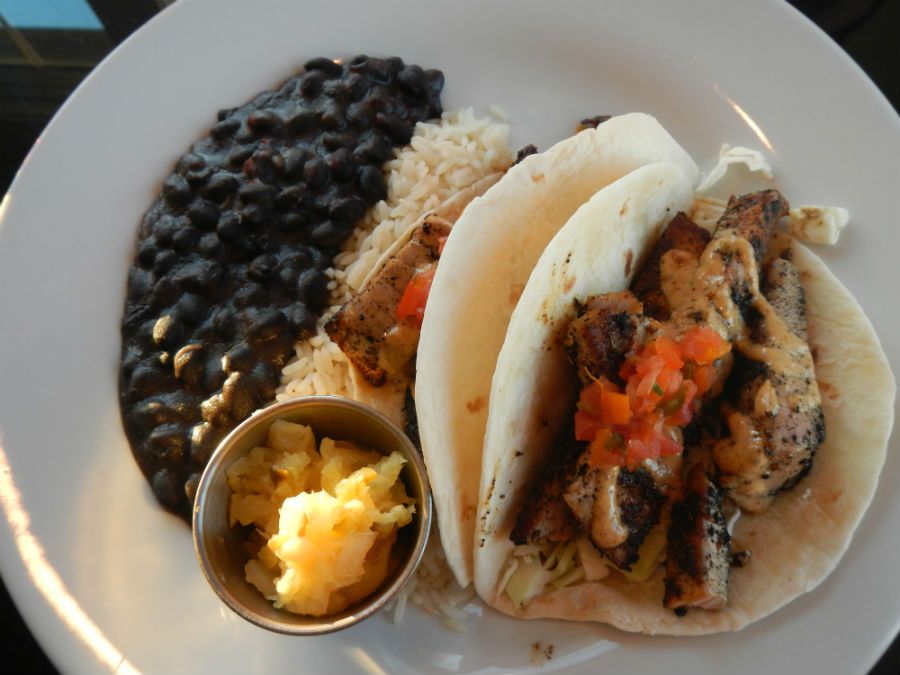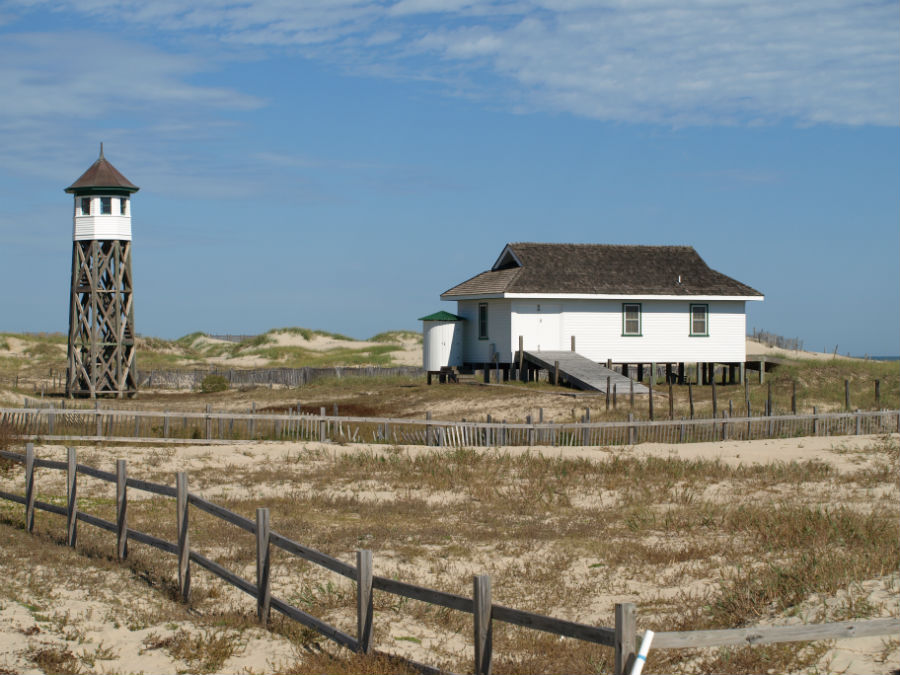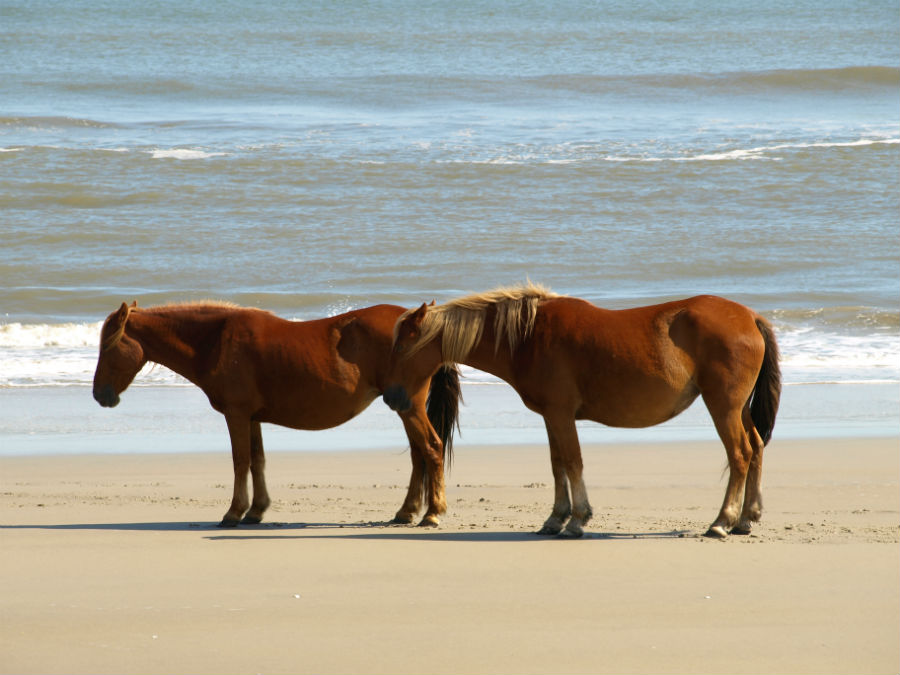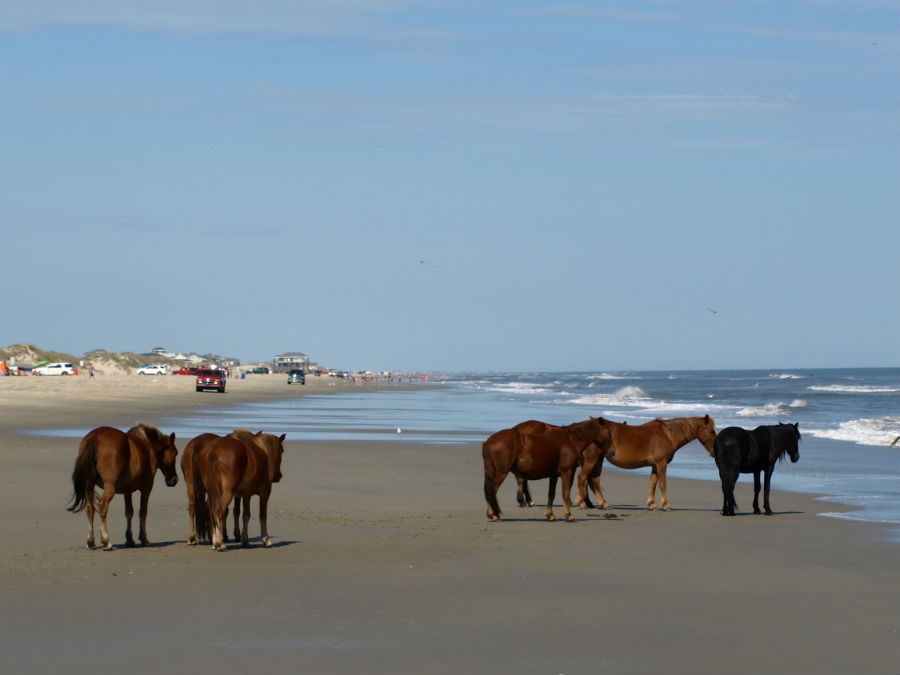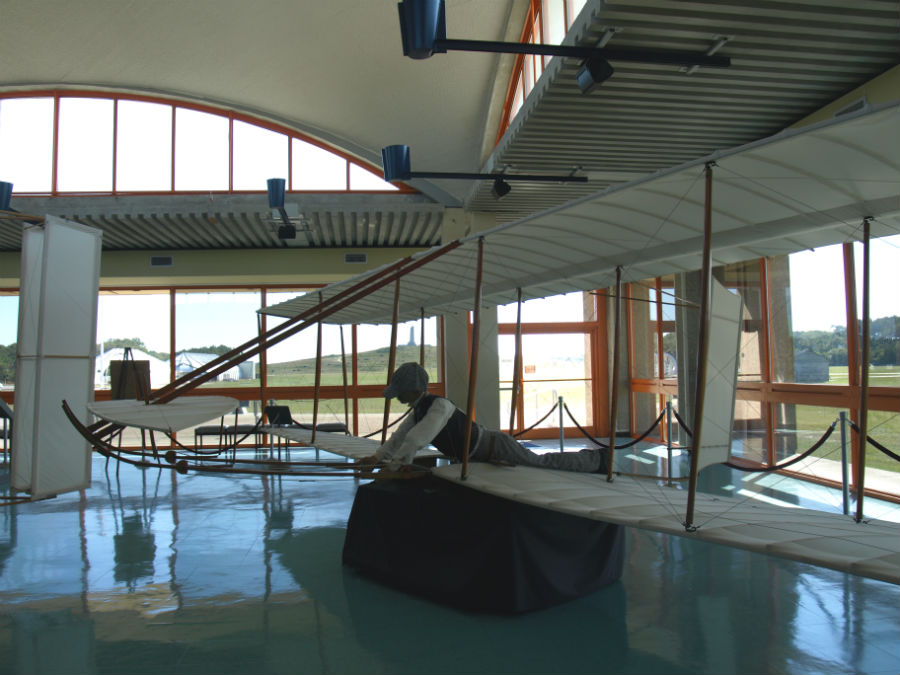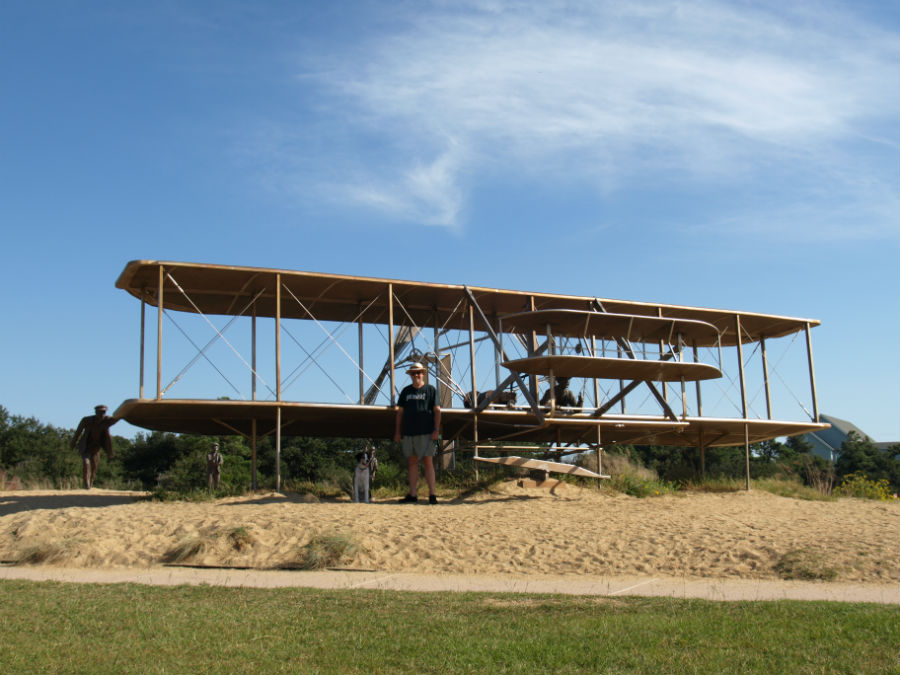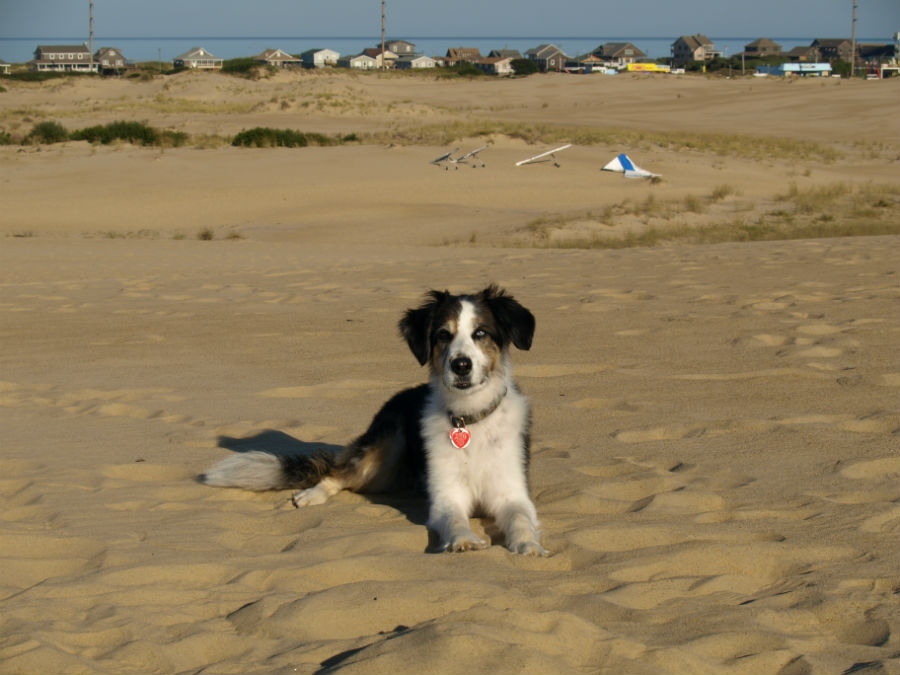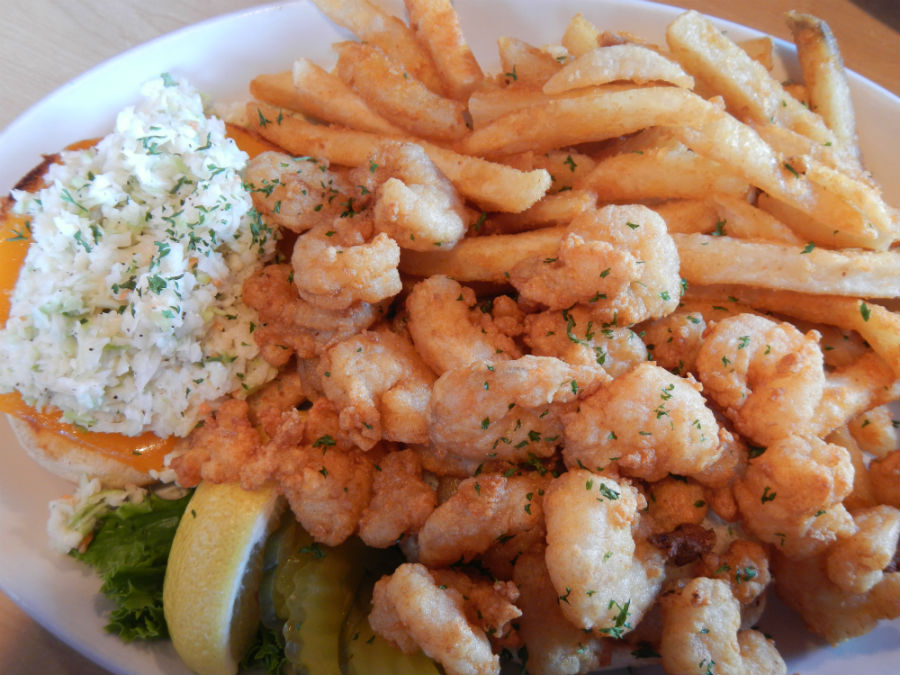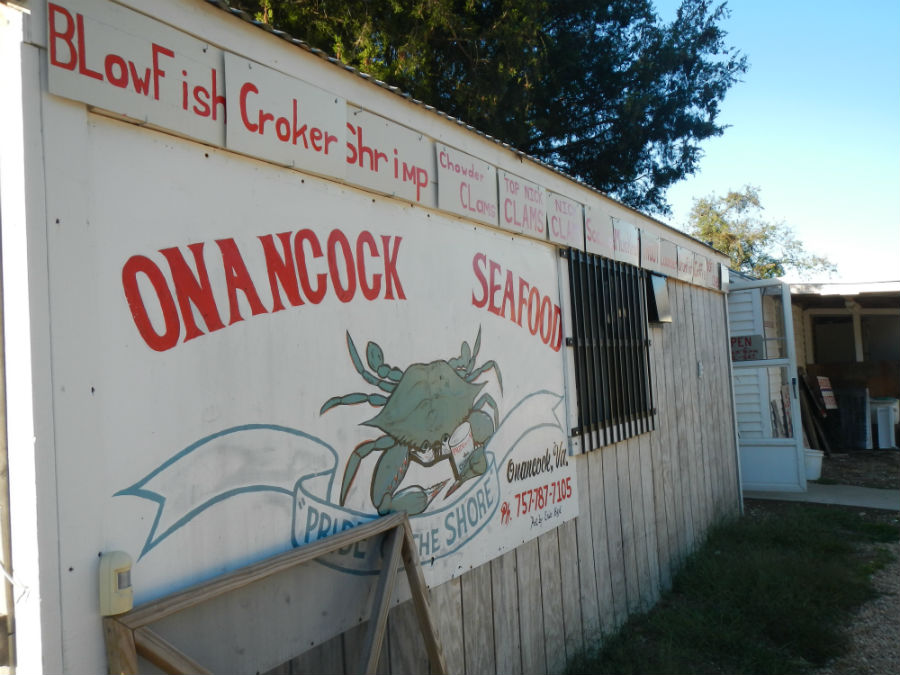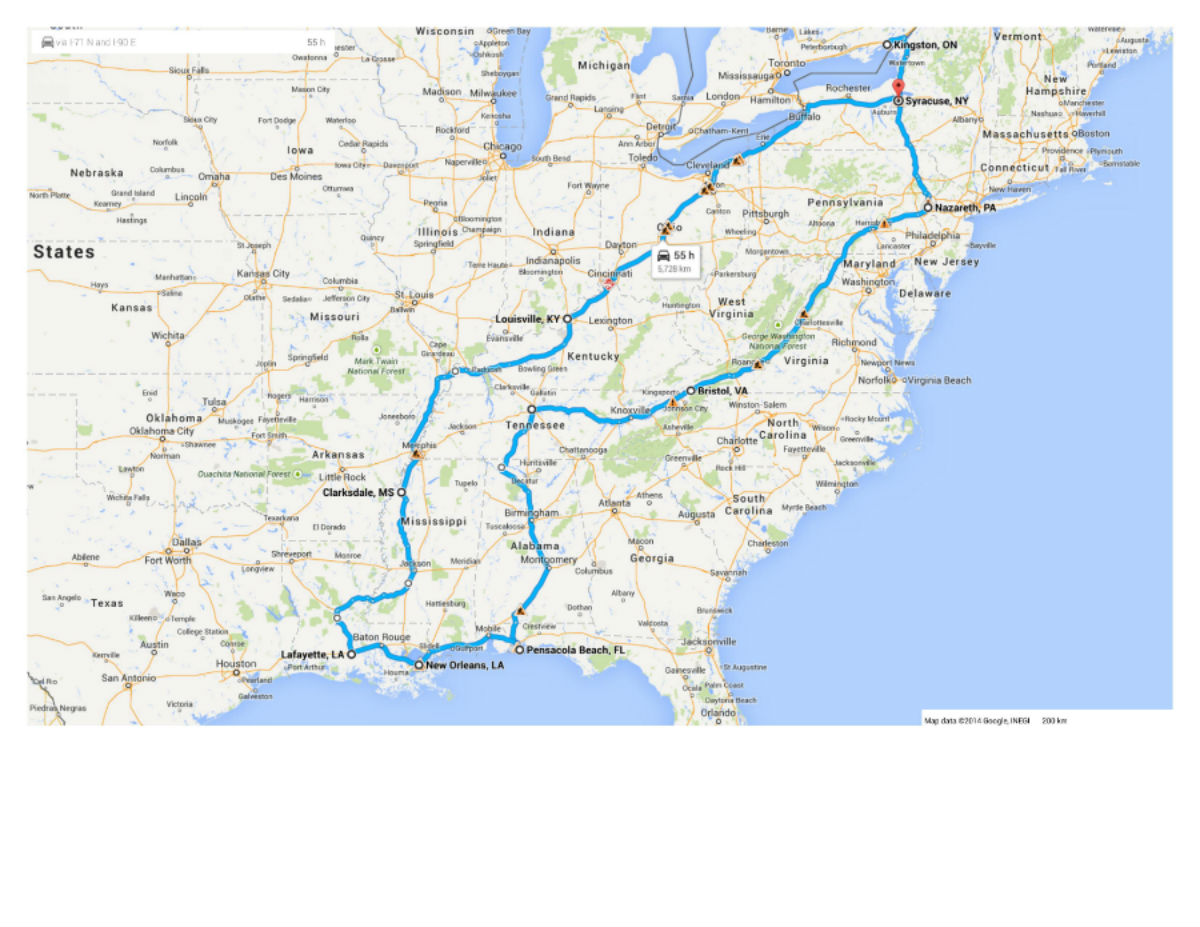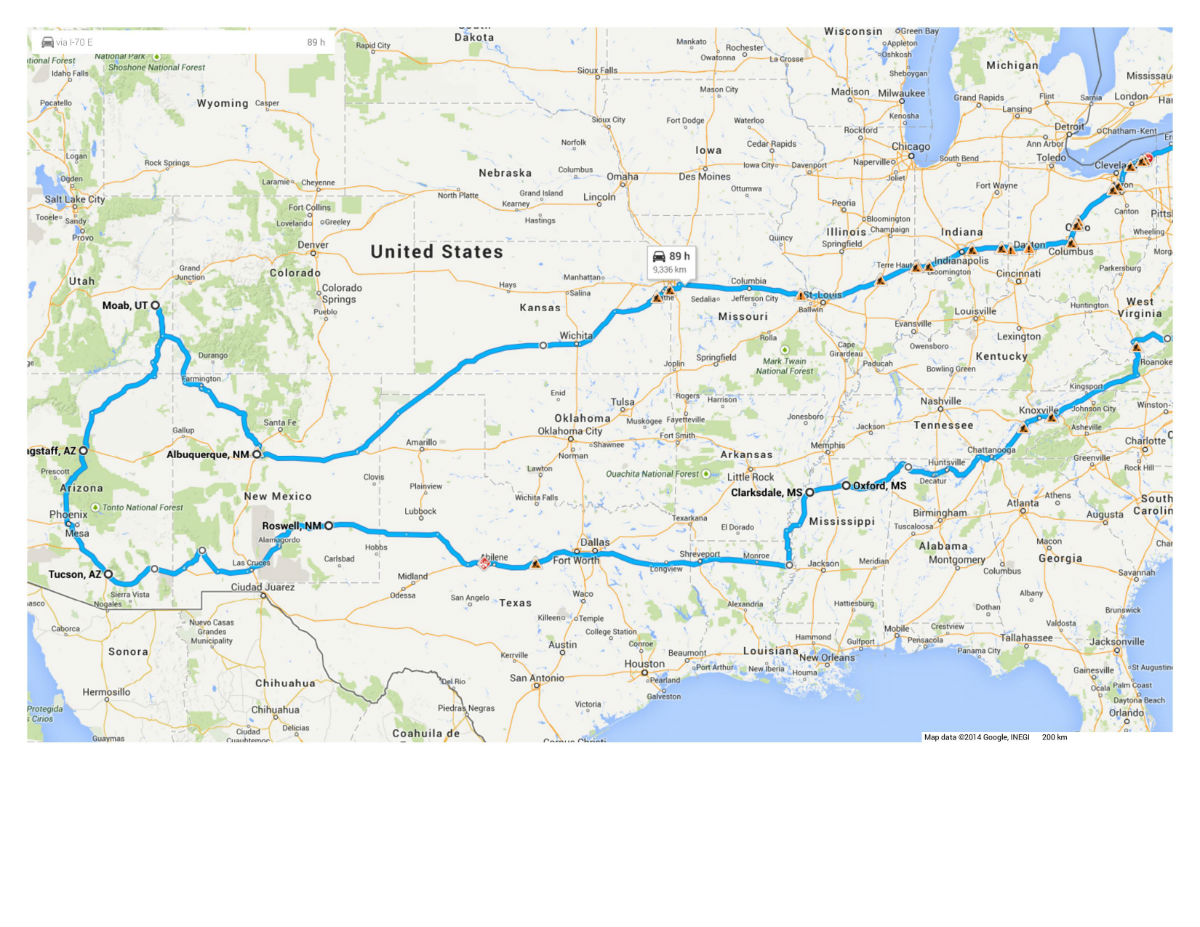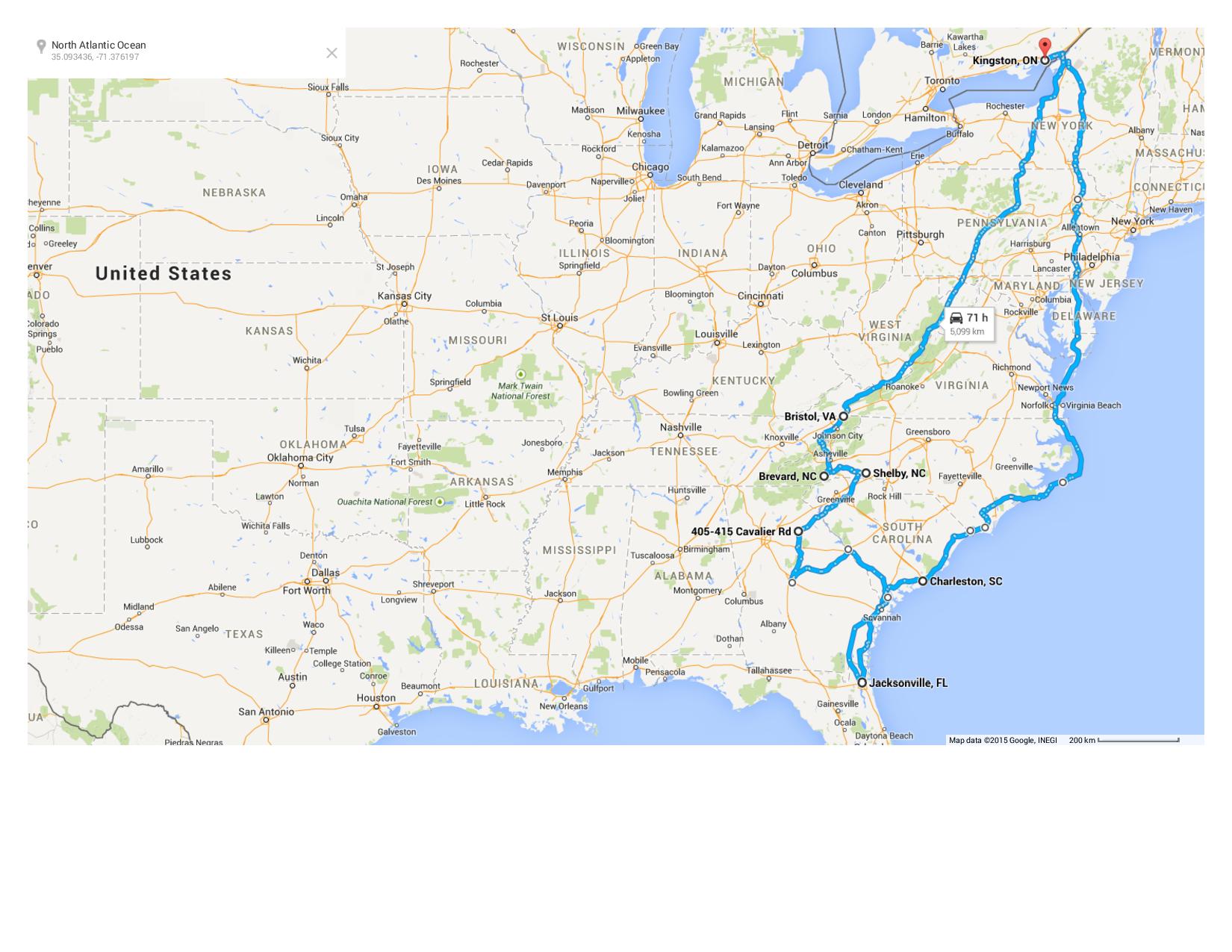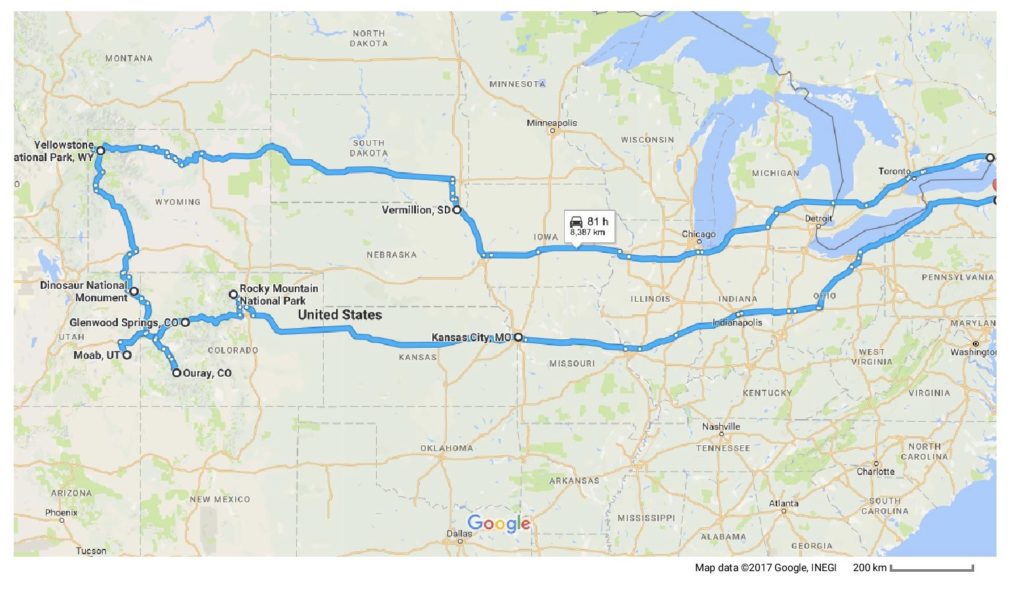Oh, could most tourist destinations learn a thing or two from Asheville, North Carolina. This mid-size city in the Appalachian Mountains has lots going for it, not the least of which is the stunning scenery. On the urban end, the city’s energized and funky downtown core offers up a nice mix of used bookstores, speciality shops and independently-owned bars and restaurants. And most of it is dog friendly too. Rigby was welcomed into one store after another – especially the Three Dog Bakery where the sign on the door informed customers, Owners on Leash Welcome.
The locals like to joke about liberal-leaning Asheville being “the loophole in the Bible Belt.” There’s lots to see and do, including music, although we focused our time in the city on food, walking, soaking in the architecture and enjoying the work of local artisans. Our highlights? Read on . . .
Art Deco: Downtown is a mix of beautifully restored heritage buildings – with the nation’s largest collection of Art Deco architecture outside of Miami.
Southern eats: Even the funky-style eateries support the culture and heritage of the Southern mountains. We ate a great meal at Early Girl Eatery with its all-day breakfast and Southern standards on the menu (biscuits and gravy, fried green tomatoes, shrimp and grits and a North Carolina specialty, grilled pimento cheese sandwich).
Asheville Bee Charmer: Think all things bee-related and you get the idea. The new Bee Charmer has two locations, one in the heart of town and the other in the up-and-coming arts district of West Asheville. Owner Jillian Kelly is 100 per cent committed to connecting with ethical beekeepers around the world. The shop’s warmly- glowinghoney tasting bar is a blast and a way to try before you buy while learning a little about the intricacies of bees and honey production. If it’s about bees, Jillian knows it all.
Battery Park Book Exchange & Champagne Bar: We love most bookstores but we really, really loved Battery Park on Page Avenue (right in the centre of town). A visit is like slipping into a good friend’s sumptuously-decorated living room – couches and chairs, artwork on the walls, thick Persian rugs, table lamps – with the addition of thousands of (mainly) used books filling rows and rows of tall shelves. Music softly plays in the background (“we’re a conversational bar”) and well-behaved dogs are welcome. Owner Thomas Wright quips that he is “selling buggy whips” but we were instantly hooked. Oh yeah, there’s a well-appointed bar that serves champagne and wine. So comfortable, it was hard to leave.
Song of the Wood: A short drive outside Asheville is the stunning home and workshop of hammered dulcimer maker, Jerry Read Smith. Jerry is a skilled artisan and gracious host who loves to talk music, craft and woodworking to anyone with an appreciation for fine workmanship. He showed us his latest commission – number 950 in a long career than spans three decades. “Every single aspect of it makes a difference. A mahogany bridge will be different than a rosewood bridge,” he says. “The more you play it, the better it stays in tune.” For those who don’t have a clue what a hammered dulcimer is, take a look and listen at his excellent website (tip: it’s a percussion string instrument with about 100 strings in five octaves). He describes the unique sound best when he says: “Every note rings as long as it wants to. I think of it as music set free.”
Biltmore Estate: This magnificent piece of architecture – at 250 rooms it is America’s largest house – is a peek into how the .001 per cent live. The estate built by George Vanderbilt in 1895 stretches across 8,000 acres, getting in and out involves parking and shuttle rides and once you are in the estate home you will be agog at the antiques, furnishings, architecture and lifestyle. It’s an Asheville must-see.
